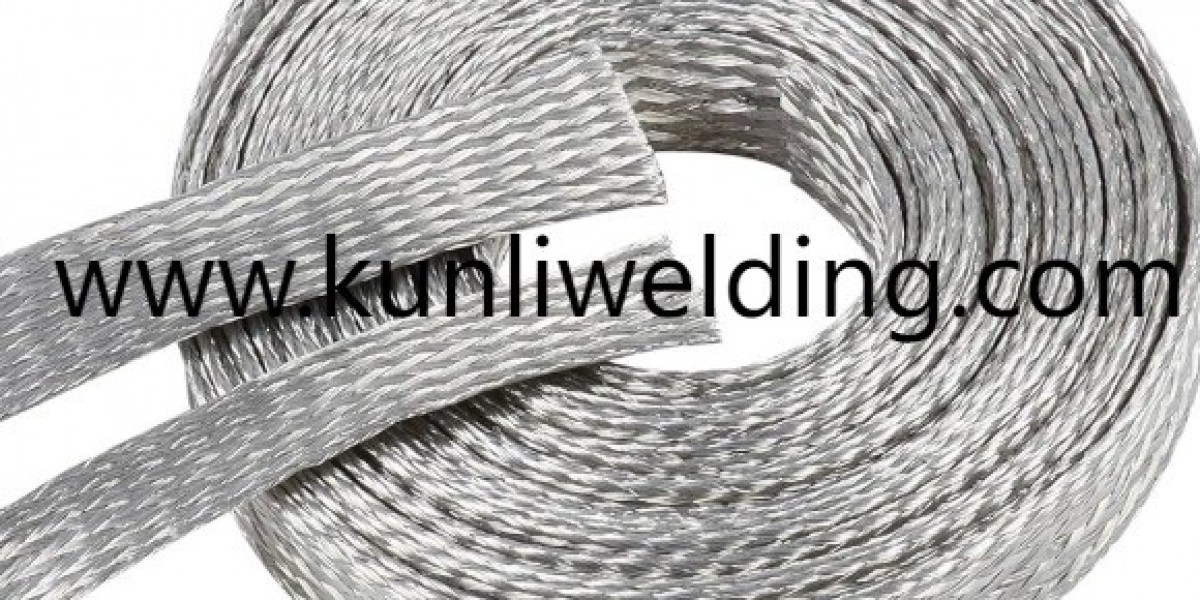In industries embracing electric mobility and renewable structures, Aluminum Welding Wire ER5356 plays a pivotal role in delivering durable joints with reduced cracking risk. When comparing this filler to ER4043, fabricators must consider alloy composition, mechanical performance, and application scope. ER5356 contains added magnesium for enhanced strength and crack resistance, whereas ER4043's silicon content promotes fluid flow and reduced porosity. Understanding these characteristics empowers welders to select the right wire for frame assemblies, storage tanks, or chassis components in evolving green markets.
Alloy Composition and Welding Behavior
ER5356 features a balanced magnesium level that boosts tensile properties and fatigue resistance. This makes it suitable for high load applications such as vehicle subframes and structural panels. ER4043, on the other hand, relies on silicon to lower melting temperature and improve wetting on thin sheets and complex geometries. In solar tracker fabrication, for instance, ER4043 helps minimize burn through, while ER5356 supports load bearing joints in wind turbine towers. Choosing between them depends on whether a project prioritizes joint strength or ease of welding in tight contours.
Mechanical Properties and Service Conditions
As global transport sectors shift toward lighter materials, welders must account for service stresses and thermal cycles. Wires with higher magnesium share superior crack resistance under cyclic loads and vibration. ER5356 excels in marine and automotive frames where dynamic forces challenge weld integrity. Conversely, ER4043's lower strength makes it ideal for decorative panels or enclosures where aesthetic bead appearance and minimal cleanup take precedence. Recognizing these trade offs aligns welding strategies with safety and performance targets in advanced engineering projects.
Weld Profile and Appearance
ER4043 typically produces a smoother surface with less rippling, making it a go to choice for visible seams on consumer electronics frames or lightweight facades. Fabricators focusing on minimal post weld finishing may lean toward ER4043 to reduce grinding time. Conversely, ER5356 yields a distinct bead texture valued in heavy duty assemblies where function outweighs cosmetic concerns. In urban mobility and rapid transit vehicle cabins, visible welds require neat finishes, while undercarriage and support structures demand robust fusion that ER5356 reliably provides.
Process Adaptation and Equipment Settings
Migrating between these wires requires adjusting heat input and travel speed. ER5356's higher melting range calls for slightly increased amperage and slower travel to achieve full penetration in thick sections. ER4043 performs well at lower heat settings and faster travel on thin gauge panels. Automated welding cells configured for electric vehicle battery trays can switch wire types with minimal downtime when parameter libraries accommodate both alloys. Embracing flexible setups ensures that fabricators can pivot between applications without extensive reconfiguration.
Environmental Durability and Maintenance
Corrosion resistance is crucial for infrastructure exposed to moisture and salt spray. ER5356's alloy balance offers enhanced resistance to stress corrosion cracking, making it suitable for coastal installations and lightweight bridge components. ER4043 resists general corrosion well but may require surface treatments in harsh environments. Incorporating these considerations into maintenance schedules helps operations teams optimize service intervals and coating strategies for long term asset protection.
To explore detailed specifications and application insights for ER5356 and ER4043 filler wires, visit www.kunliwelding.com where technical guides and case studies support your project planning. Access resources that illustrate welding parameter charts and performance comparisons, empowering teams to align joint design with emerging demands in electrified transport and sustainable construction sectors.








